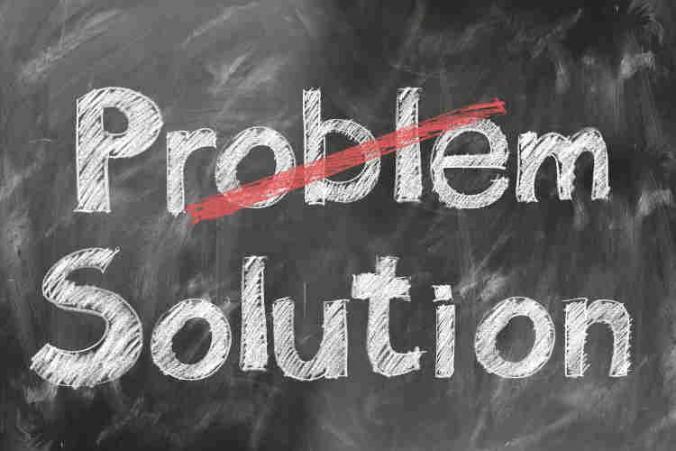One challenging aspect of my job is to help work injury claimants set realistic expectations regarding their L&I claim. Very often, people have unrealistic presumptions after a work injury, for several reasons. One key reason is misinformation concerning how a workers’ compensation claim works. L&I claim reality can be very different than the worker’s expectations.
Misinformation and common mistakes
For me, it’s not easy to be the person delivering the reality check. However, it’s a critical part of my work. Moreover, it’s very important for anyone with a work injury claim to understand the true status of their L&I claim.
For example, many individuals think there’s a quick resolution to their workers’ compensation claim. Furthermore, almost everyone believes there will be a big payday. And, in the process, people tend to ignore the costs associated with the burden of proof. In fact, these are the most common unrealistic assumptions I encounter almost daily.
Quick resolution in L&I claim and self-insured employer claim
Very often, workers’ compensation claim disputes don’t have a quick resolution. That’s because there’s a process and procedure for everything. Every workers’ compensation attorney like me pursues legal remedies to their full extent to resolve disputes. However, these legal remedies involve assembling evidence.
Gathering evidence requires input from experts (such as medical doctors), filing protests, and filing appeals to the Board of Industrial Insurance Appeals (i.e., the Board). Moreover, it entails presenting evidence on appeal, and appealing to higher courts like Superior Court. Each of these legal remedies takes time. Furthermore, in most cases, we don’t have much control over the timeline. On top, if a dispute involves previously denied benefits, or terminated benefits, then it can be particularly frustrating.
L&I claim payments: A big payday is coming
Many work injury claimants believe their claim will result in a big settlement. While this indeed happens in some cases, I frequently find that people have inflated expectations. Frequently, false expectations arise after clients find incorrect information online. Other times, people hear stories about someone who cashed in big on their workers’ compensation claim.
In reality, workers’ compensation claim benefits in Washington State are set by the statute. Therefore, it’s relatively straightforward to estimate the value of an L&I claim on the basis of available benefits. As with everything, there may be exceptions relating to medical treatment and L&I calculations.
Unfortunately, the value of benefits is often surprising to people with a work injury claim. I always use the Permanent Partial Disability (PPD) award table as a very concrete example. For reference, an injury occurring in 2020, with total 100% bodily impairment, is only worth $214,222.98. This should tell you something about the relative value of benefits under an L&I claim or self-insured employer workers’ compensation claim.
L&I claim, burden of proof and costs
When the Department of Labor and Industries (L&I) makes a decision you disagree with, you may appeal the decision to the Board. However, the work injury claimant has the burden of proving that the decision is wrong. Here, for each type of benefit, there’s a specific burden of proof. With few exceptions, that burden requires presenting expert medical and vocational testimony.
Expert testimony is expensive. It can cost several thousand dollars for this kind of testimony. Moreover, the cost is the responsibility of the work injury claimant. Personally, with Board appeals, it can be tough for me to tell clients that we cannot simply submit records and reports to meet the burden of proof. Furthermore, the expert opinions must be stated on a more probable than not basis. It’s for this reason that every Board appeal almost always involves a discussion around costs versus potential benefits.
These are not easy conversations to have. They can be very upsetting to people after a work accident. Nonetheless, successful Board appeals are one of the most powerful tools that every L&I attorney has. Board appeals help ensure that each work injury victim receives the benefits he or she deserves under the law.
Personal experiences
Many years ago, as a young attorney, I found it incredibly difficult to discuss expectations with my clients. I didn’t want to upset or disappointed them. Over time, the years of experience taught me that having realistic expectations is the best way to avoid disappointment.
Presently, I’m now a lot more comfortable having straight forward conversations with my clients, to set realistic expectations. I think it’s critically important for work injury claimants and their workers’ compensation attorney to be on the same page. I wholeheartedly believe that all parties must align on claim outcome expectations and what it takes to achieve them.


